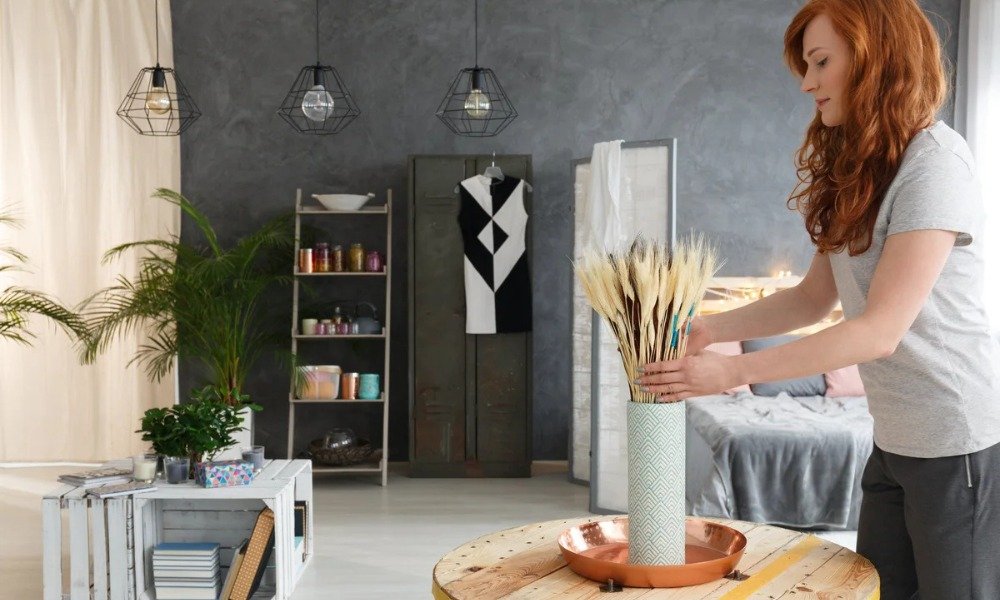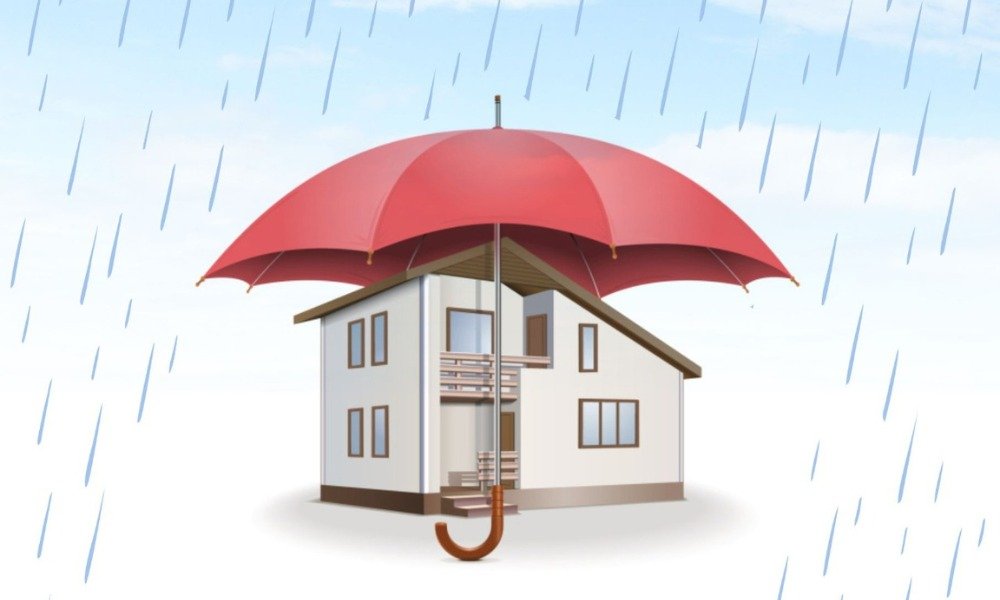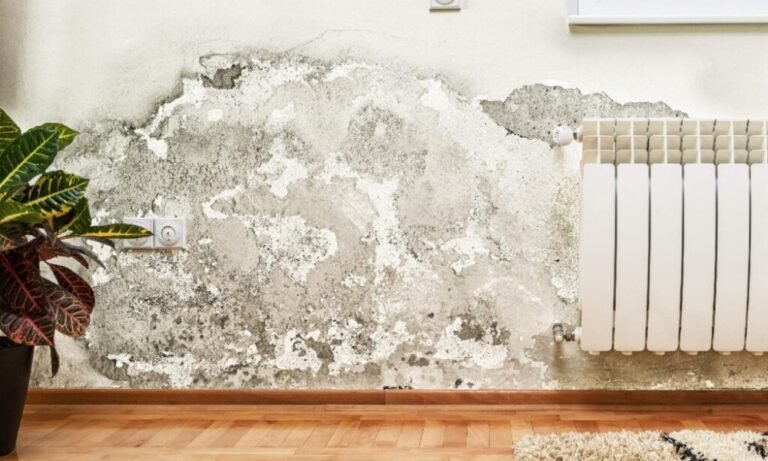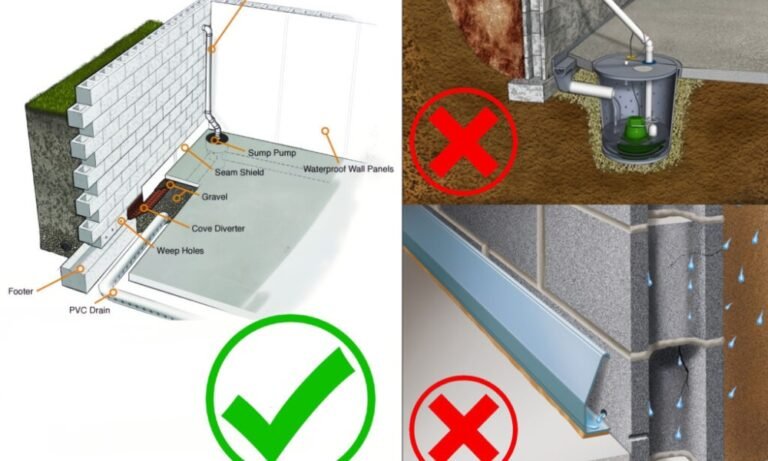Estimated reading time: 5 minutes
Introduction
When the rainy season approaches, it’s time to prepare your property for potential water damage. Nobody enjoys dealing with damp walls, leaky roofs, or that persistent musty smell that refuses to leave. I’ve been there, and I know how frustrating it can be.
That’s why I want to talk about the importance of protecting your house from moisture-related issues. This guide will show you how safeguarding your property before the rains arrive can save time, money, and headaches. Here’s what I’ll cover:
- Stopping structural damage in its tracks.
- Boosting your property’s market value.
- Keeping your living spaces healthy and mold-free.
- Saving money with preventive measures.
- Improving energy efficiency for a comfortable home.
Let’s jump in—without any splashes.
1. Prevents Structural Damage
Water has an uncanny ability to find its way into every little crack, eventually compromising the integrity of your house. Over time, this can lead to weakened foundations, crumbling walls, and a laundry list of repairs.
Adding a layer of protection to your property ensures that moisture stays outside, where it belongs. This preventive step not only protects the framework of your living space but also avoids costly renovations in the future.
- Pro Tip: If you notice peeling paint or water stains, it’s time to act. My guide on signs of dampness in walls and floors can help you identify early warning signs.
2. Boosts Property Value

A dry, well-maintained house is far more appealing to buyers than one with water-related issues. No one wants to invest in a property that comes with hidden costs for repairs or renovations. By taking steps to seal your property, you’ll make it more attractive to potential buyers.
The value isn’t just financial. It’s about presenting a space that’s functional and safe for living. Buyers and renters alike will appreciate the added effort to prevent water problems.
- Fact: Protecting your basement from water leaks alone can significantly increase your home’s value. Learn more with my post on basement waterproofing solutions.
3. Keeps Your Living Space Healthy

Excess moisture is the perfect breeding ground for mold, mildew, and other allergens. These unwelcome visitors can wreak havoc on your respiratory health, causing allergies and asthma. Waterproofing takes care of the damp conditions that allow these problems to thrive.
By maintaining a dry environment, you ensure that your family stays safe and healthy, free from air quality issues caused by excess humidity.
- Quick Humor: Think of waterproofing as giving mold an eviction notice—it’s time for them to pack up and leave.
- Learn More: Persistent damp spots? My post on how to tackle damp walls might help.
4. Saves Money on Repairs
Water damage is not just inconvenient—it’s expensive. Fixing cracks, replacing damaged furniture, or repainting walls can drain your wallet. Adding a protective layer to your property is a cost-effective way to avoid these recurring expenses.
Here’s the deal: spending a little on sealing surfaces today can save you from hefty repair bills tomorrow. Think of it as an investment in peace of mind.
- Tip: Don’t forget about the roof. It’s often the first point of contact for rain and can cause extensive issues if neglected.
5. Enhances Energy Efficiency
When cracks and gaps let water in, they also let air out. This means your heating and cooling systems work harder to maintain a comfortable temperature. Sealing your property not only keeps moisture out but also locks conditioned air in.
A well-insulated, dry space is more energy-efficient, saving you money on utility bills and reducing your carbon footprint.
- Bonus: Want tips for saving money while improving your property? Check out my article on budget-friendly waterproofing solutions.
Common Waterproofing Mistakes to Avoid
Not all methods are created equal. Here are a few pitfalls to steer clear of:
- DIY Overconfidence: While tempting, attempting to do everything yourself can lead to incomplete or ineffective results. Here’s when you should hire an expert.
- Ignoring the Roof: Don’t just focus on walls and foundations. Your roof is just as vulnerable.
- Using Low-Quality Materials: Cheap isn’t always cheerful when it comes to sealing your home.
Which Solution Works for You?
Depending on the type of moisture problems you’re facing, different options might be best:
- Exterior Sealing: Ideal for protecting walls and foundations from heavy rains.
- Basement Treatments: Keeps underground spaces dry and functional.
- Roof Coatings: Prevents leaks and extends your roof’s lifespan.
- Interior Damp Proofing: A great way to handle smaller-scale issues inside.
Conclusion
Shielding your house from rainwater is about more than avoiding a few puddles indoors. It’s about protecting your investment, ensuring a healthy living space, and making your property a safer, more comfortable place to live.
Whether you’re planning to sell or just want to enjoy the rainy season stress-free, taking steps to address moisture concerns will always pay off. Need ideas to get started? My post on cost-effective waterproofing tips is a great place to begin.
Stay dry and enjoy the rain—but let it stay outside where it belongs!



